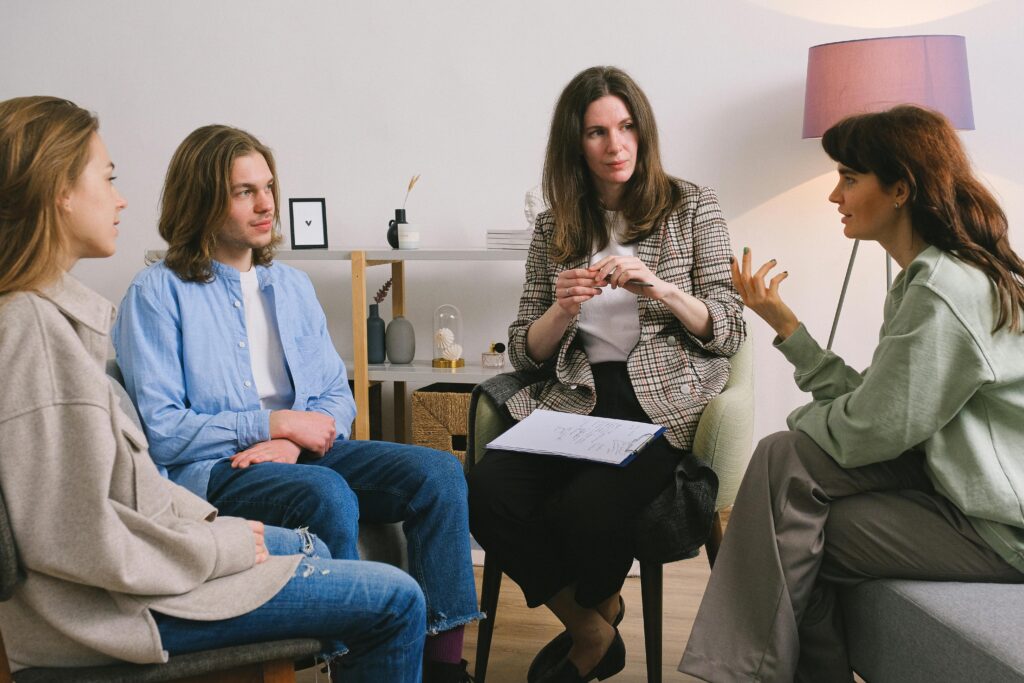Open Dialogue was developed by Jaakko Seikkula and his team at the Keropudas Hospital in Tornio, North Finland, for the treatment of first-episode psychosis. The results of this treatment model have been very encouraging. It has been said that these results for treating psychosis are the best in the Western world and that schizophrenia is disappearing in the areas where this treatment is used. The patient’s psychoses often do not recur, which means that the patient’s condition does not become chronic, and develop into schizophrenia.
In Open Dialogue the view is that in psychosis some problem has grown overwhelmingly big and the patient has no words to describe this problem other than in psychotic language. If a dialogic interaction is created with the patient, and the patient’s psychotic story is heard and accepted without trying to change it, the patient will gradually find ways to express the problem in words that others can understand. In the right kind of accepting interaction, the patient’s story moves forward toward a solution. This form of treatment radically differs from the generally used form of treatment, where psychosis is interrupted with drugs, and the patient’s psychotic speech is treated with rejection.
In the Open Dialogue method patients are treated at home if possible. The care is usually carried out as treatment meetings at the patient’s home, and these meetings are attended by a team whose composition is, if possible, kept the same throughout the treatment. In addition, family and friends are also included if they feel they can participate.
In the beginning, in the acute phase, the meetings can be held daily, and they start as soon as possible. The staff does not wait for the psychosis to subside before therapeutic discussions can be held. The nursing staff only discusses the patient’s situation in the presence of the patient himself, which means that everything is transparent, things are not discussed behind the patient’s back. It is also important that the patient feels that he has a say in his treatment.
85% of the patients treated with the Open Dialog method were later able to return to normal working life, and 80% of the patients did not have psychotic symptoms again during the 5-year follow-up. Most patients manage after psychosis with relatively little or no medication at all.
Open Dialogue has obtained incredibly good results, and hopefully, this method will become more widely used in the future.
